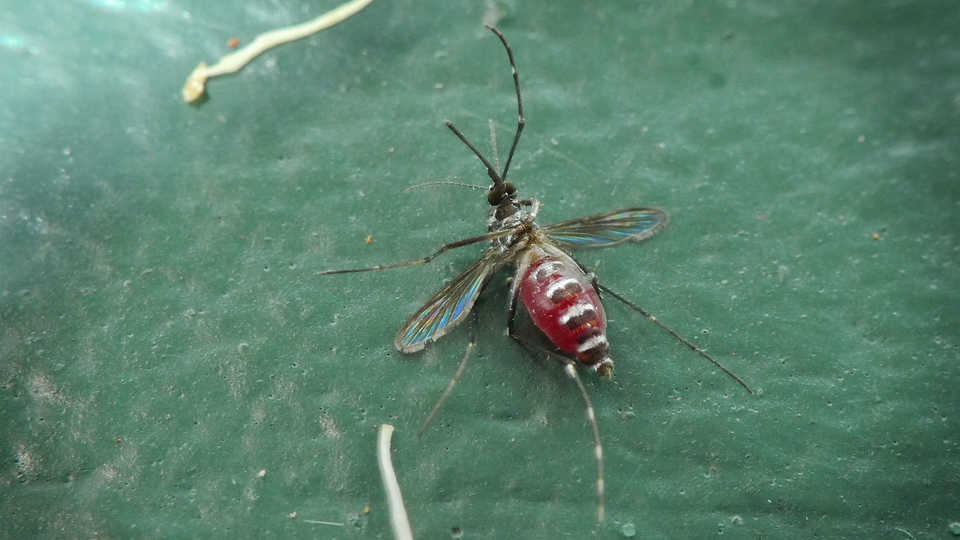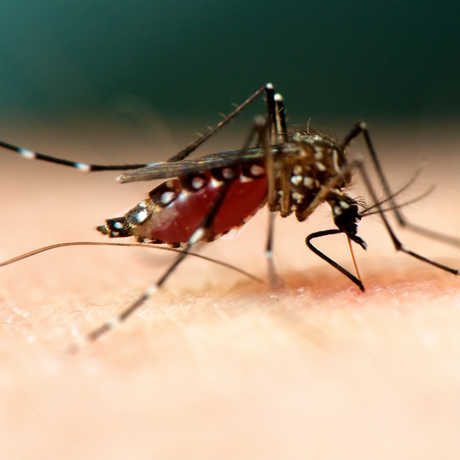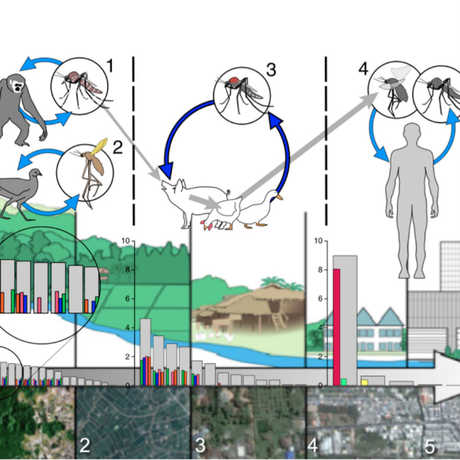Founded in 2011, the Department of Microbiology is the latest addition to the Academy's Institute for Biodiversity Science and Sustainability. Its creation was both a recognition of the enormous importance and diversity of microbes' roles, and a pioneering move for a natural history museum.
Many of the viruses that infect humans come to us from other animals—these we refer to as zoonotics.
The origins of many pathogens of humans can be traced to other animals. Some of these have become established in humans, such as dengue virus and HIV, acquired in the past from non-human primates, or pandemic swine-origin H1N1, acquired recently from domesticated animals. Others are unwelcome visitors from a shared environment: West Nile virus and the Lyme bacterium infect humans through biting arthropods that also feed on wildlife hosts; Hantaviruses infect humans through rodents attracted to our habitations; Ebola and SARS viruses spill over into humans from wildlife captured as “bush meat” or sold in wet markets.
The emergence of pathogens into human populations from other animals is almost always accompanied by evolutionary change in the pathogens. We are interested in describing these evolutionary steps and understanding their precise significance to the biology of the viruses and their ability to emerge into new hosts and cause disease. We use molecular tools to characterize the genomes of viruses over space and time, collected from a range of different hosts from mosquitoes to mammals including humans. Our work on dengue viruses, hantaviruses and influenza viruses has exposed the important roles of natural selection, migration, and recombination in shaping epidemic potential, host switching, and the evolutionary trajectory of emerging pathogens.


